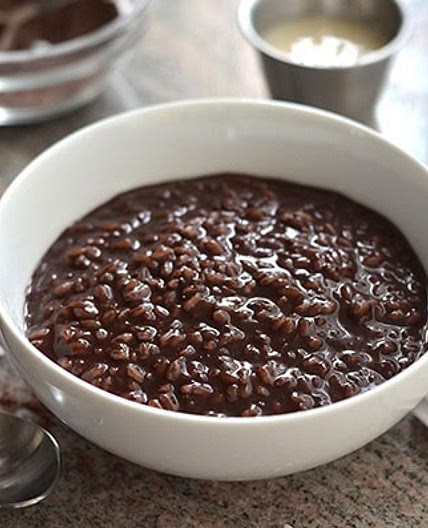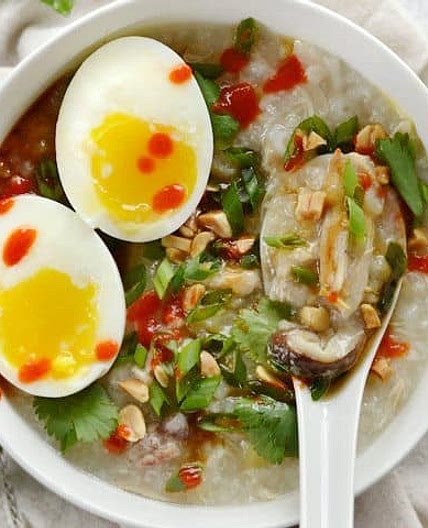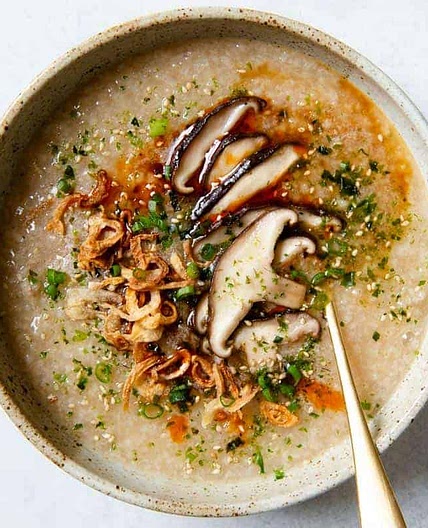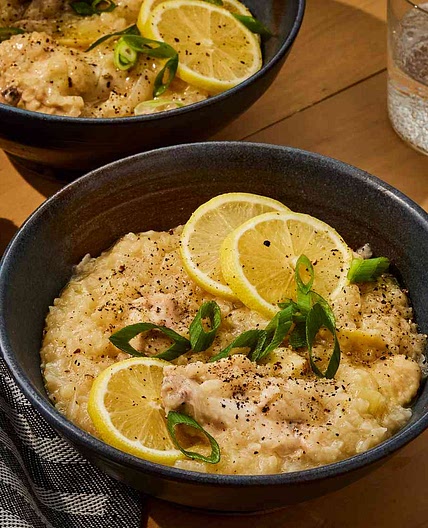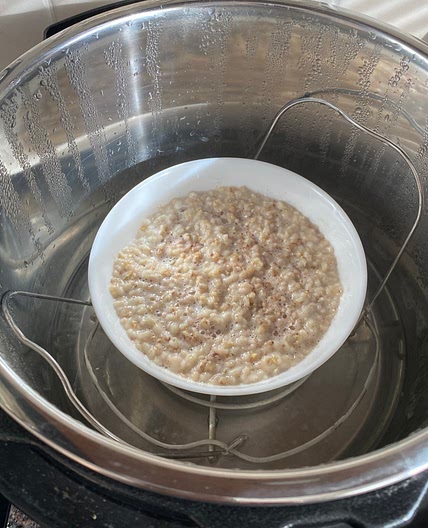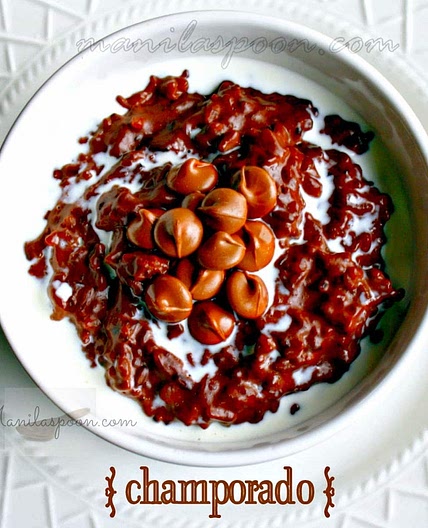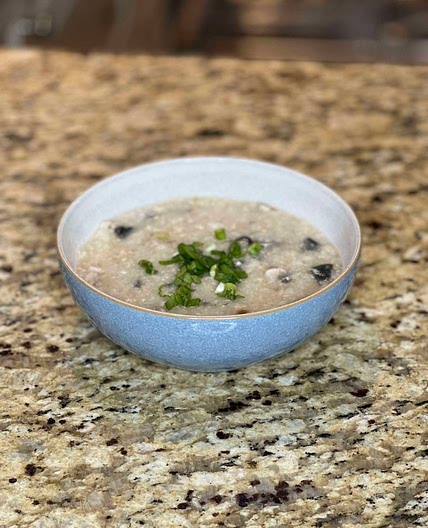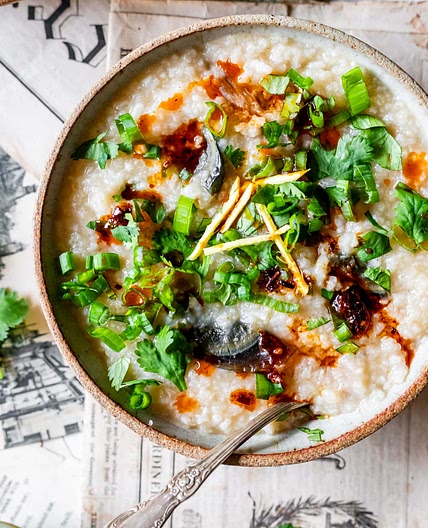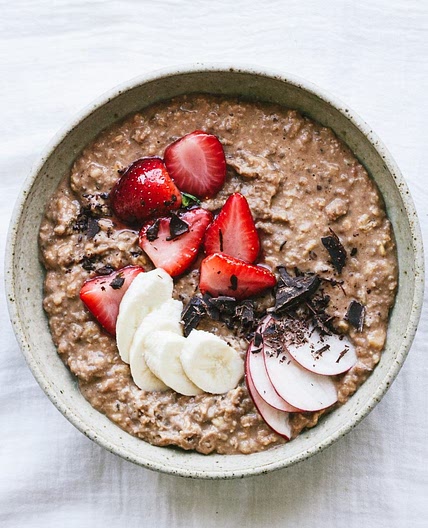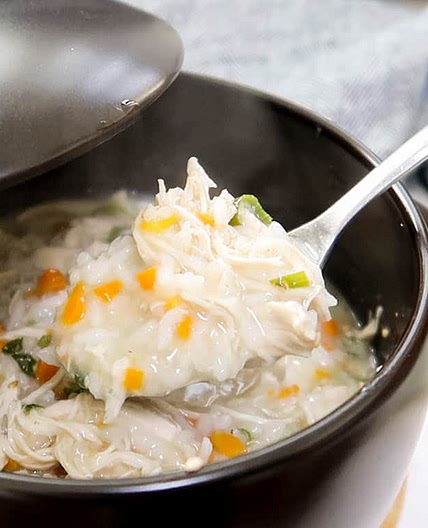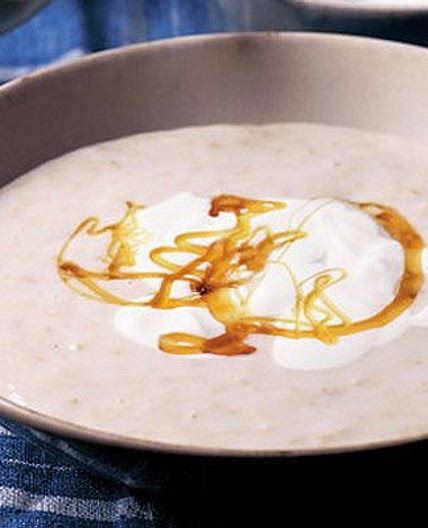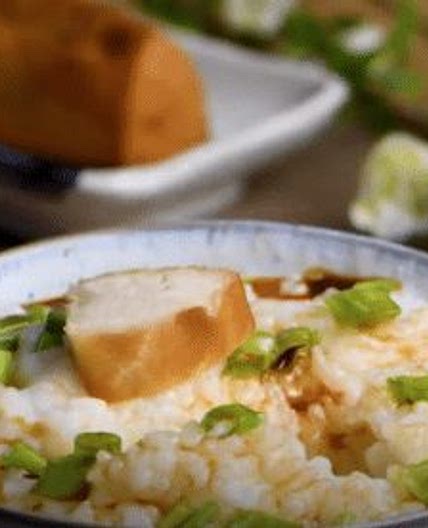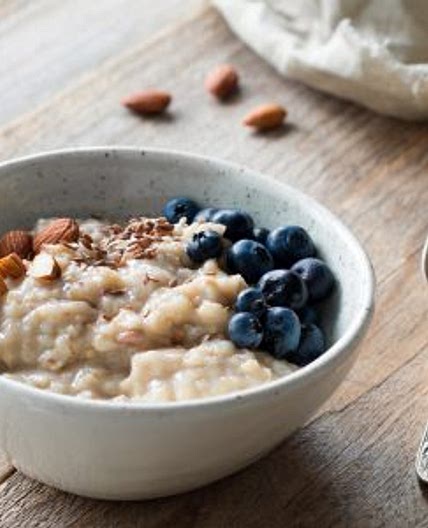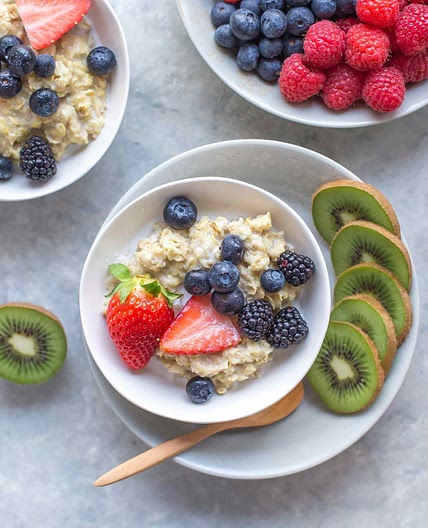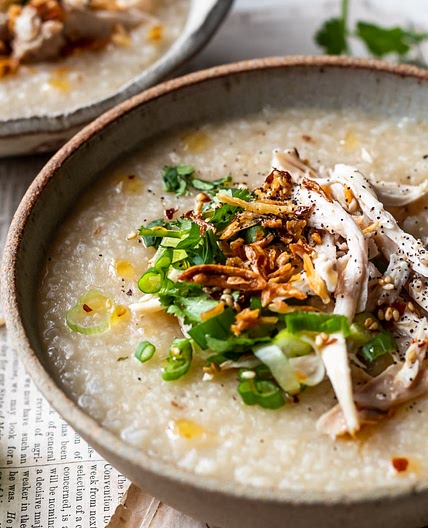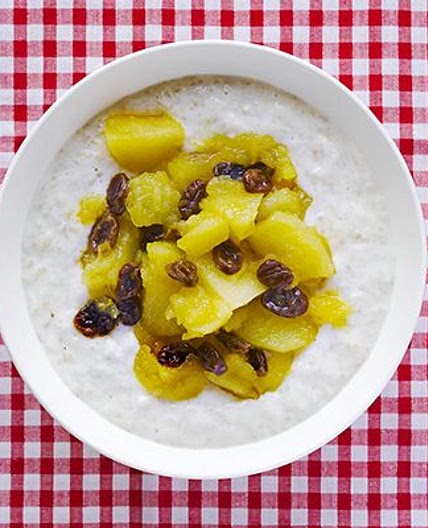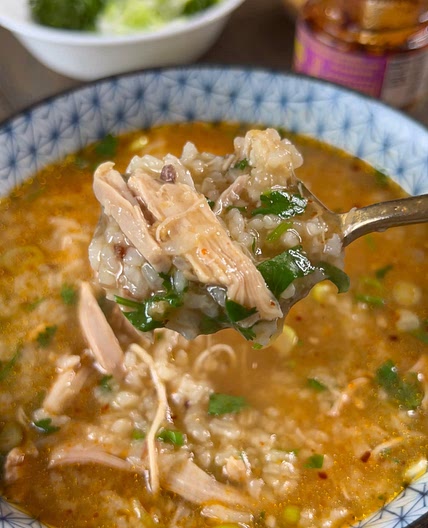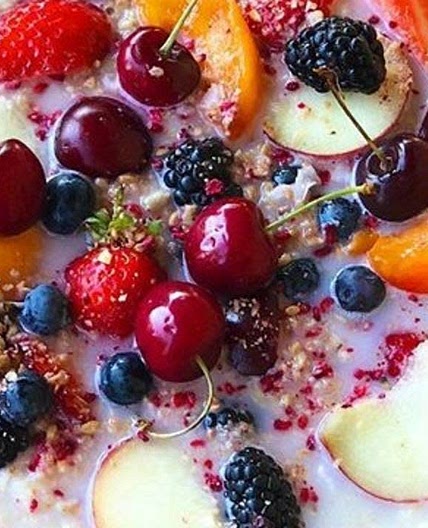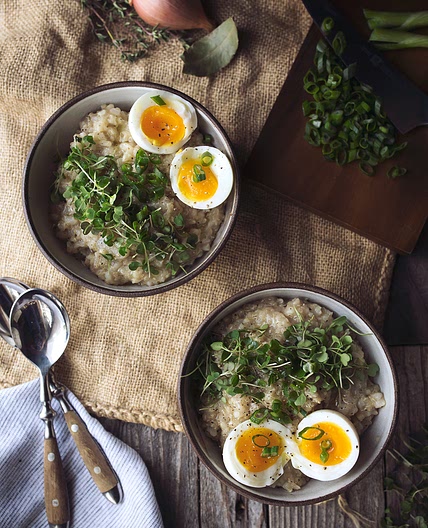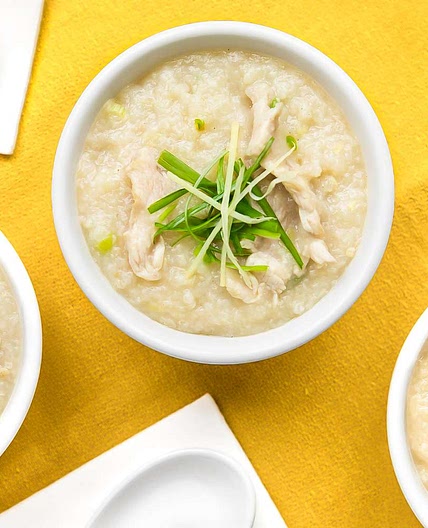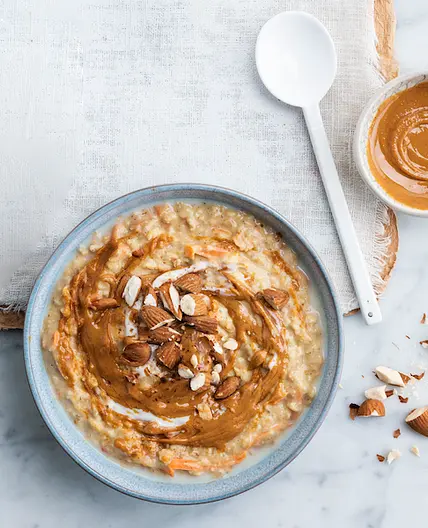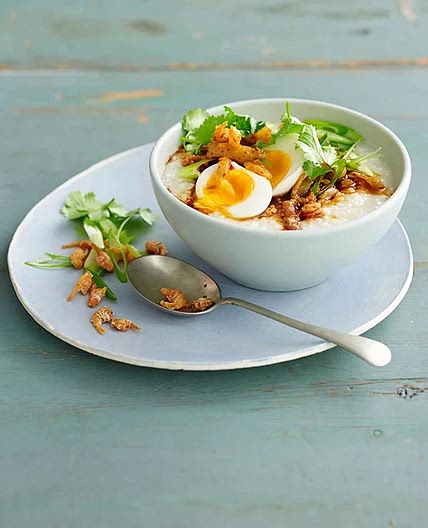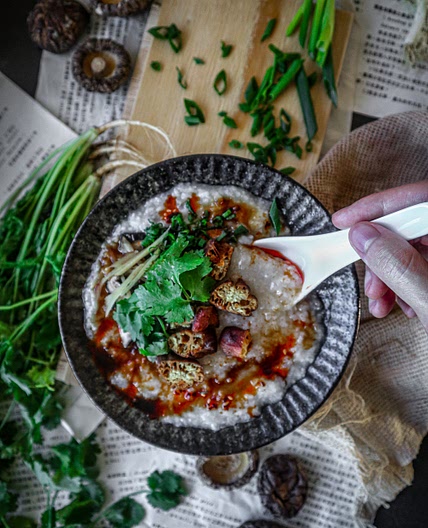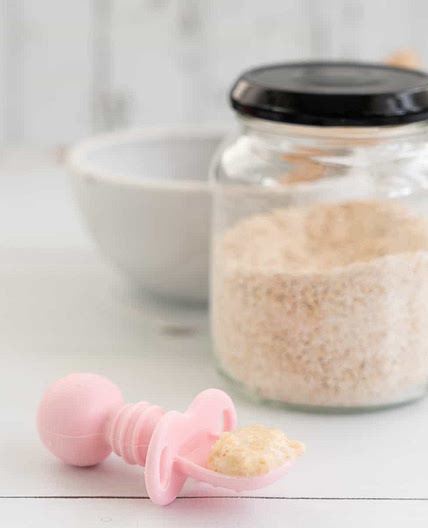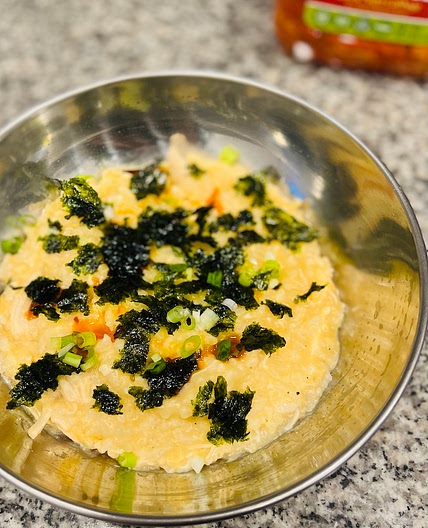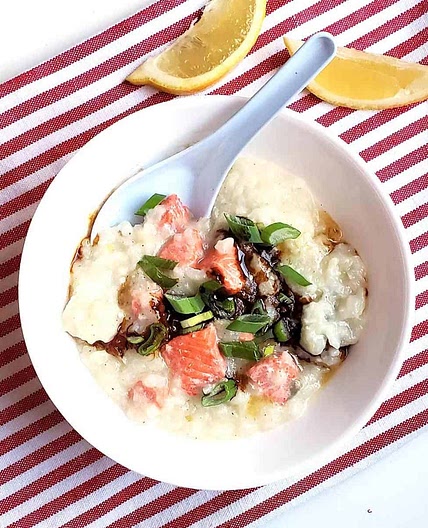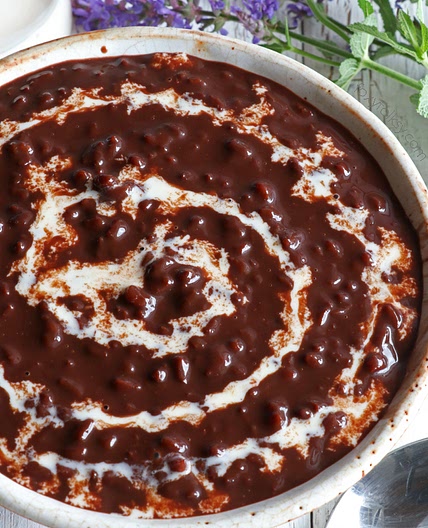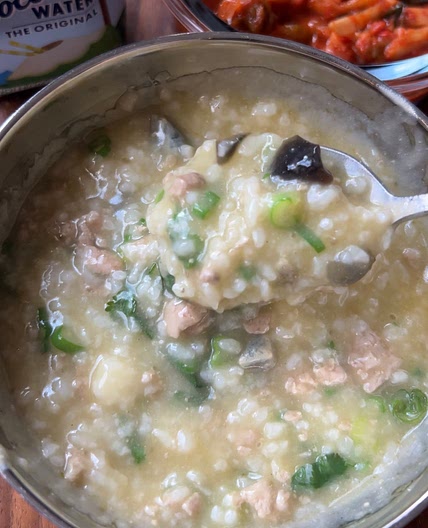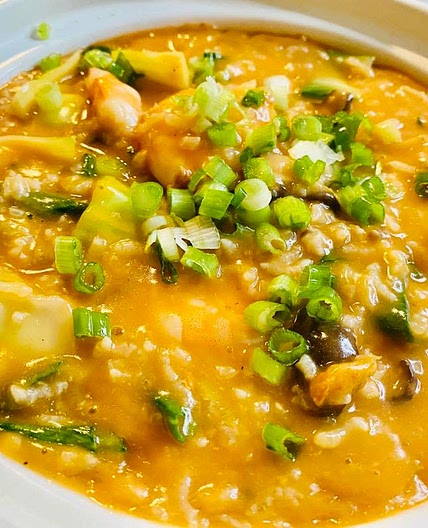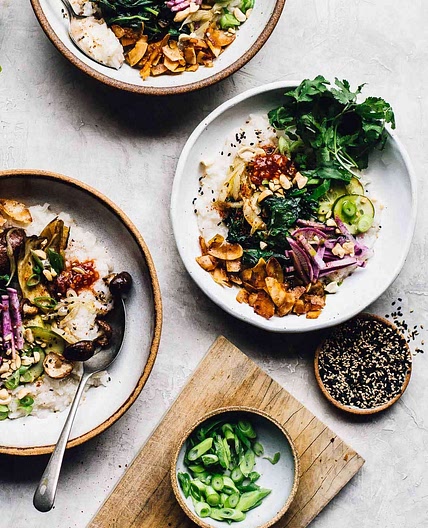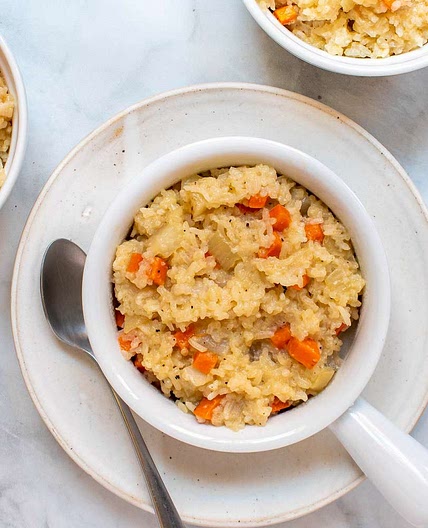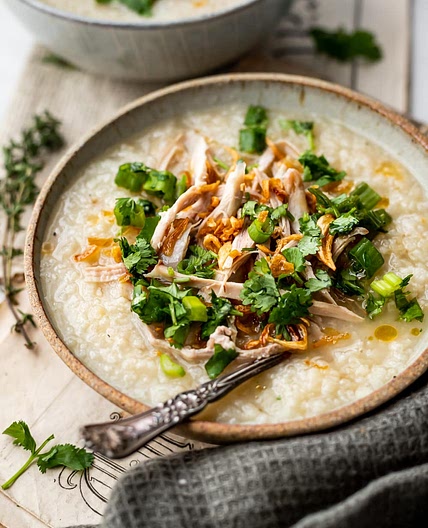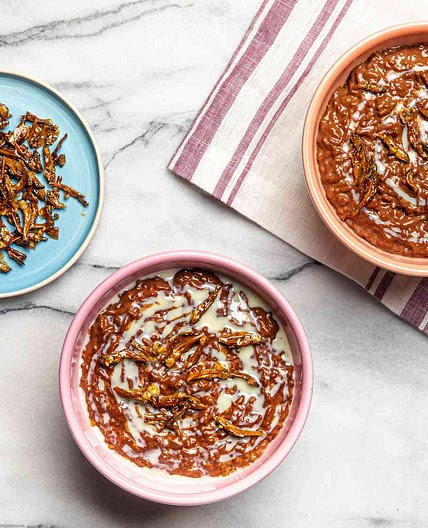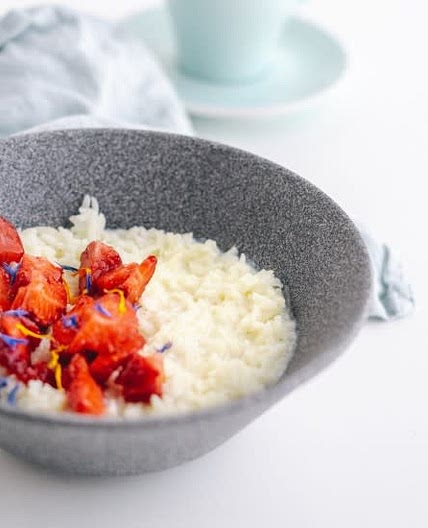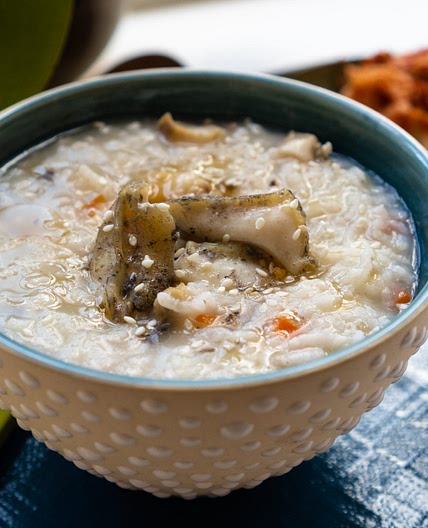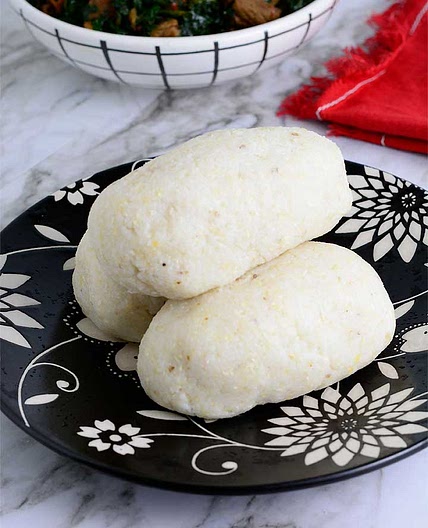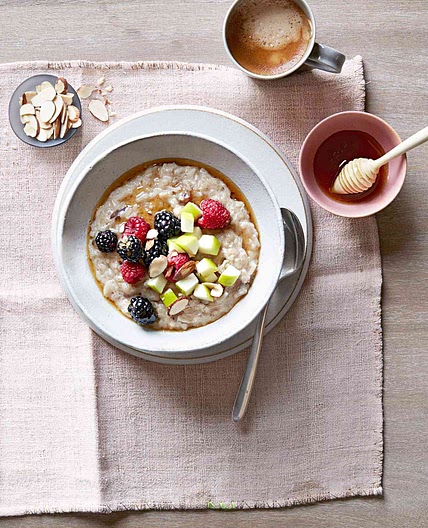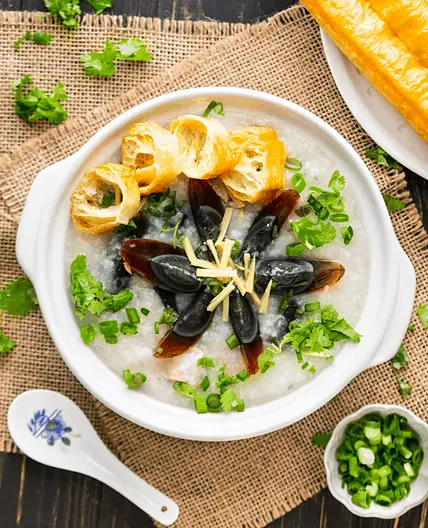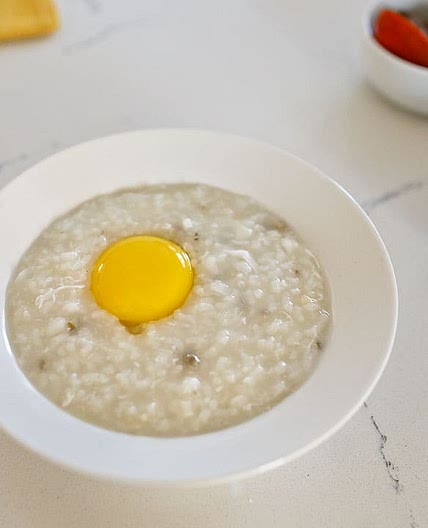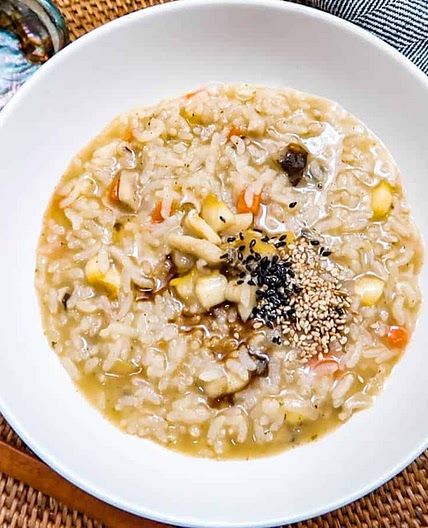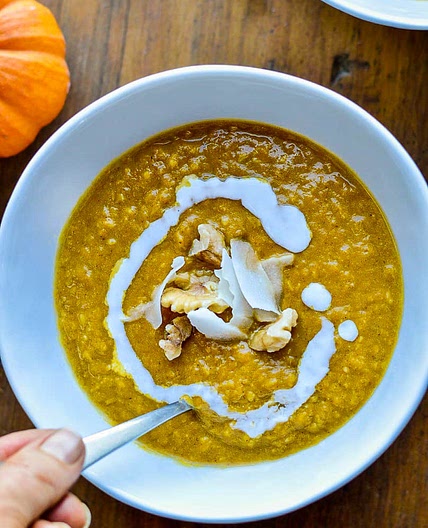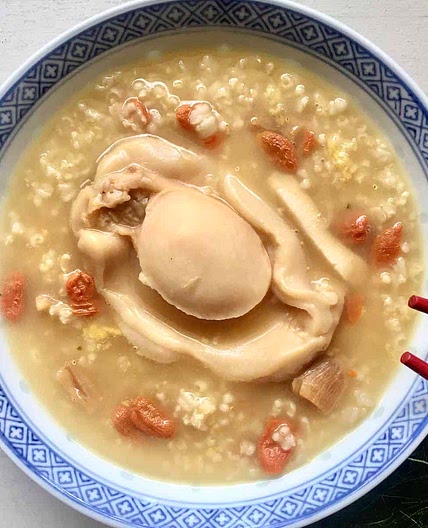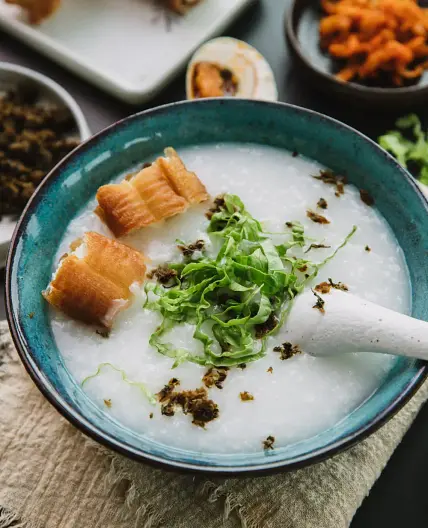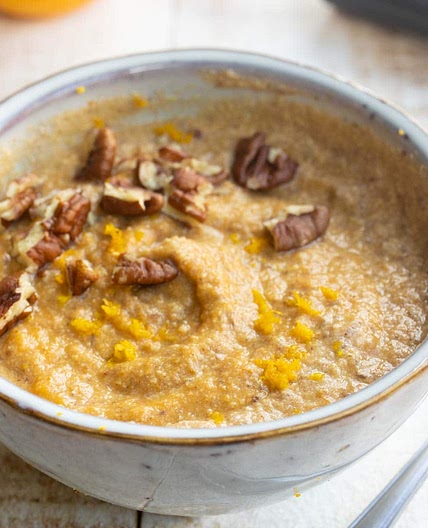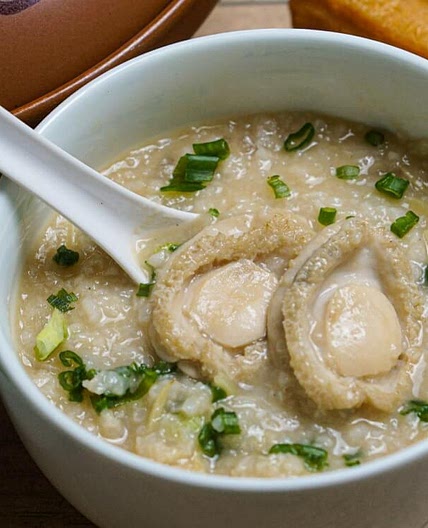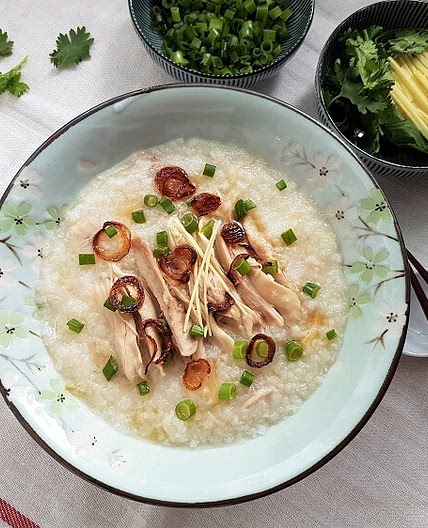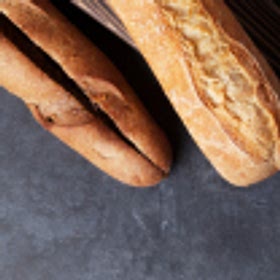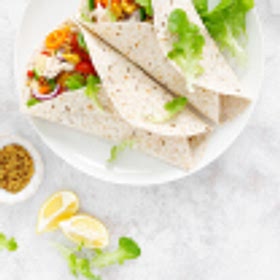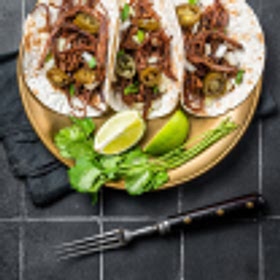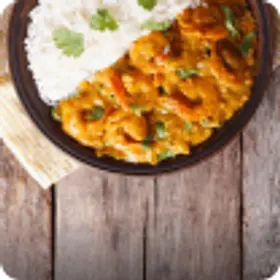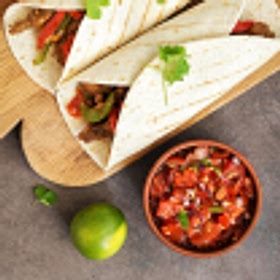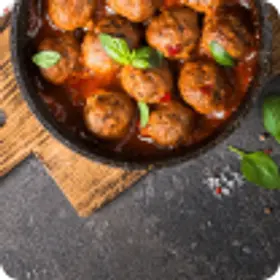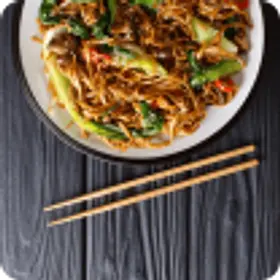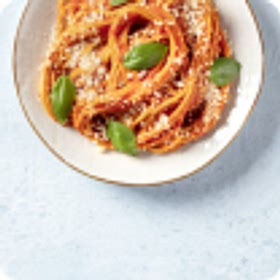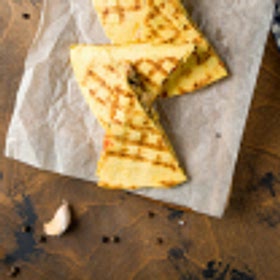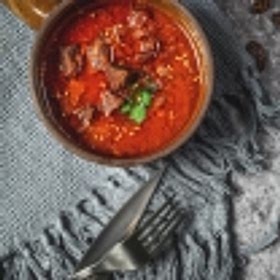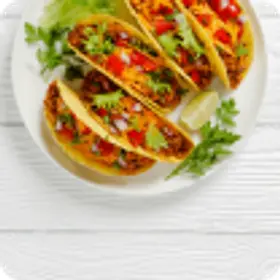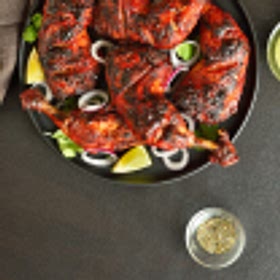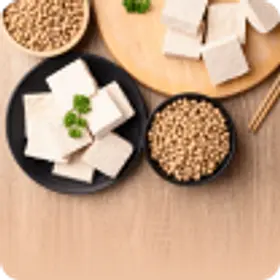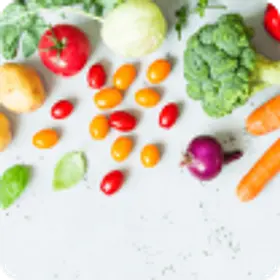Porridge: Not Just for Goldilocks and Bears
Porridge is a versatile, comforting breakfast dish packed with wholesome ingredients and endless flavor possibilities. From its rich history to popular variations, learn how to create a satisfying bowl of porridge to kickstart your day.
Nutrition per serving size(442g)
- Energy: 0
- Total Fat: 0
- Saturated Fat: 0
- Carbohydrate Total: 0
- Sugars: 0
- Protein: 0
- Sodium: 0
- Fiber: 0
- Trans Fat: 0
- Monounsaturated Fat: 0
- Polyunsaturated Fat: 0
- Cholesterol: 0
- Calcium: 0
- Magnesium: 0
- Potassium: 0
- Iron: 0
- Zinc: 0
- Phosphorus: 0
- Vitamin A: 0
- Vitamin C: 0
- Thiamin B1: 0
- Riboflavin B2: 0
- Niacin B3: 0
- Vitamin B6: 0
- Folic Acid B9: 0
- Vitamin B12: 0
- Vitamin D: 0
- Vitamin E: 0
- Vitamin K: 0
- Tryptophan: 0
- Alpha Carotene: 0
- Beta Carotene: 0
- Omega 3 DHA: 0
- Omega 3 EPA: 0
Photo by Charles Chen on Unsplash
Porridge is a popular breakfast dish that has been enjoyed for centuries across the world — and not just by bears in fairy tales. This comforting meal offers a hearty start to your day, providing a satisfying blend of satiety, nourishment, and flavor. Or we say so, anyway! We’ll prove the porridge naysayers wrong while we look into the origins of porridge, explore its popular variations, and provide you with tips to create your own customized bowl of porridge that suits your taste and dietary preferences.
The History and Cultural Significance of Porridge
Photo by Jennifer Pallian on Unsplash
Porridge can be traced back to ancient civilizations, where it was a staple in many cultures around the world. It was an accessible and economical dish, made by simmering grains or legumes in water or milk until they reached a creamy consistency. Not much has changed today, except we’ve branched into everything from chocolate overnight oats through to congee. The basic principle remains the same, however.
Porridge variations can be found in numerous culinary traditions, from oatmeal in Western cultures to congee in East Asian cuisines. Each region has its own unique take on this comforting dish, often influenced by local ingredients and culinary traditions.
Variations of Porridge
Porridge offers a wide array of delicious variations, allowing you to customize your bowl to suit your preferences. A few notable types include:
- Oatmeal: Oatmeal is perhaps the most well-known type of porridge. Made from oats simmered in water or milk, it offers a creamy texture and is often enjoyed with a variety of toppings such as fruits (like banana porridge), nuts, and sweeteners.
- Rice porridge (Congee): Congee is a popular variation of porridge in East Asian cuisines. It is made by slow-cooking rice in a generous amount of water or broth until it becomes soft and porridge-like. Congee can be savory or sweet, depending on the accompanying ingredients and seasonings.
- Quinoa porridge: For a nutritious twist, quinoa porridge has gained popularity in recent years. Quinoa is cooked in a similar manner to oatmeal, resulting in a protein-packed and gluten-free porridge option.
Creating Your Perfect Porridge
Photo by Briggita Baranyi on Unsplash
To create a bowl of porridge that satisfies your taste buds and nutritional needs, consider the following tips:
- Grain choices: Experiment with different grains such as oats, rice, millet, or quinoa to find your preferred base. Each grain offers a unique flavor and texture profile.
- Liquid ratio: Adjust the liquid-to-grain ratio to achieve your desired consistency. More liquid will result in a thinner porridge, while less liquid will yield a thicker and creamier texture.
- Flavor enhancements: Enhance the flavor of your porridge by adding spices like cinnamon, nutmeg, or cardamom. Sweeten it with natural sweeteners like honey, maple syrup, or mashed fruits to make overnight oats. For savory options, consider adding herbs, spices, and toppings like vegetables, proteins, or fried shallots.
FAQs
Can I make porridge ahead of time?
Yes, you can prepare porridge in advance and store it in the refrigerator. When reheating, add a splash of liquid to restore its creamy consistency and adjust the seasoning to taste.
Is porridge a healthy breakfast option?
Porridge can be a nutritious breakfast choice, especially when made with whole grains and paired with balanced toppings. It provides fiber, vitamins, and minerals, and can help keep you feeling full and energized throughout the morning.
Can porridge be enjoyed by those with dietary restrictions?
Yes! Porridge is highly adaptable and can be customized to meet various dietary needs. Gluten-free options like rice, quinoa, or gluten-free oats can be used for those with gluten intolerance. Dairy-free milk alternatives can be used for those who are lactose intolerant or follow a vegan diet.





